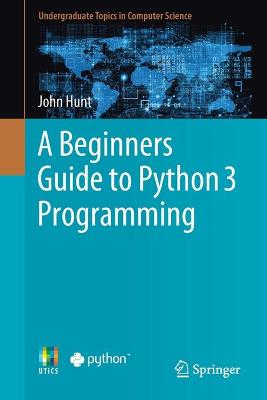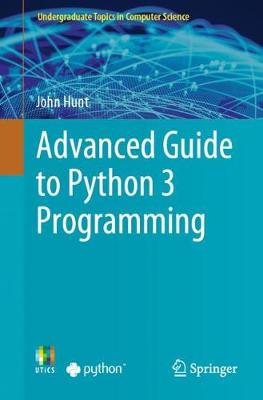Undergraduate Topics in Computer Science
2 total works
This textbook on Python 3 explains concepts such as variables and what they represent, how data is held in memory, how a for loop works and what a string is. It also introduces key concepts such as functions, modules and packages as well as object orientation and functional programming. Each section is prefaced with an introductory chapter, before continuing with how these ideas work in Python.
Topics such as generators and coroutines are often misunderstood and these are explained in detail, whilst topics such as Referential Transparency, multiple inheritance and exception handling are presented using examples.
A Beginners Guide to Python 3 Programming provides all you need to know about Python, with numerous examples provided throughout including several larger worked case studies illustrating the ideas presented in the previous chapters.
Advanced Guide to Python 3 Programming delves deeply into a host of subjects that you need to understand if you are to develop sophisticated real-world programs. Each topic is preceded by an introduction followed by more advanced topics, along with numerous examples, that take you to an advanced level.
There are nine different sections within the book covering Computer Graphics
(including GUIs), Games, Testing, File Input and Output, Databases Access, Logging, Concurrency and Parallelism, Reactive programming, and Networking. Each section is self-contained and can either be read on its own or as part of the book as a whole.
This book is aimed at the those who have learnt the basics of the Python 3 language but want to delve deeper into Python’s eco system of additional libraries and modules, to explore concurrency and parallelism, to create impressive looking graphical interfaces, to work with databases and files and to provide professional logging facilities.

